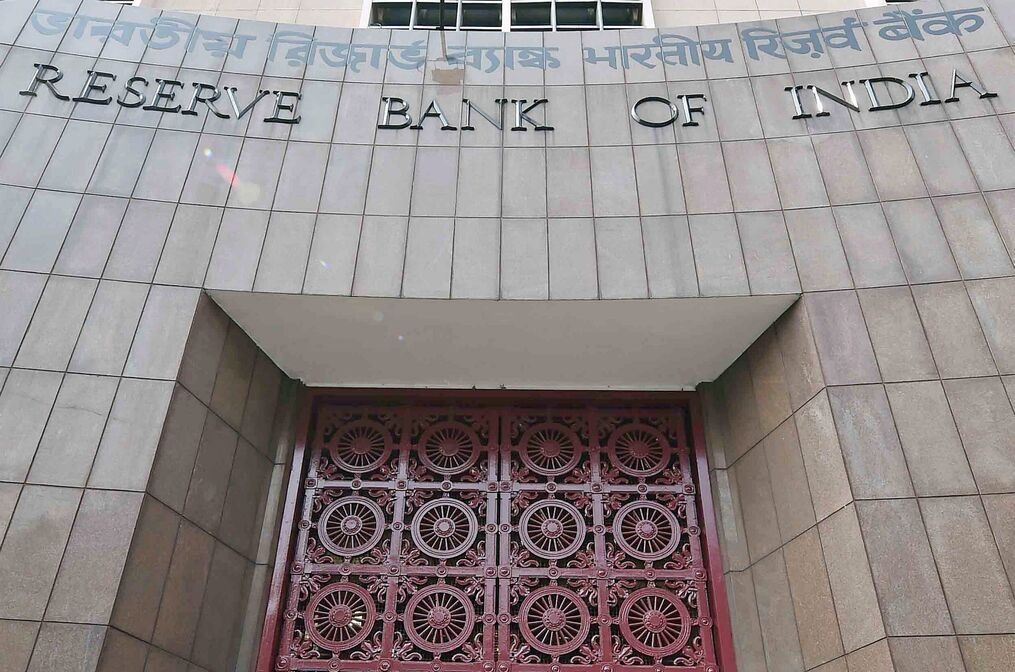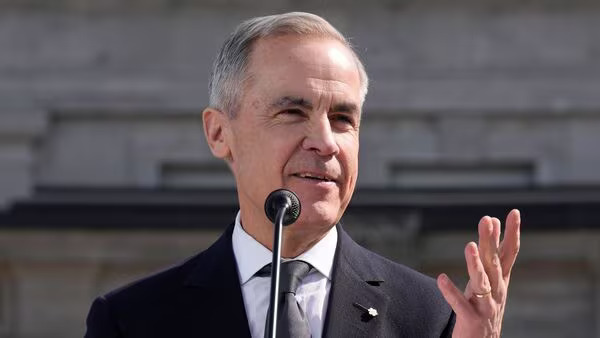
Mumbai, May 22: Amid global trade realignments and industrial policy shifts, India is increasingly positioned to function as a “connector country” that can become a key intermediary in sectors such as technology, digital services and pharmaceuticals, said the Reserve Bank’s latest bulletin released on Wednesday.
In this scenario, the recent completion of free trade agreement with UK points to a strengthening of bilateral trade linkages, said an article on the ‘State of the Economy’ published in the May Bulletin.
“In the midst of global trade realignments and industrial policy shifts, India is increasingly positioned to function as a “connector country” that can become a key intermediary in sectors such as technology, digital services and pharmaceuticals,” the article said.

“Going forward, notwithstanding the daunting challenges in the horizon, India stands well-positioned to navigate the ongoing global headwinds with confidence, ready to harness emerging opportunities and consolidate its role as a key driver of global growth,” it said.
It further said that persistent trade frictions, heightened policy uncertainty, and weak consumer sentiment continue to create headwinds for global growth.
Amidst these challenges, the Indian economy exhibited resilience, the article said.
“Various high frequency indicators of industrial and services sectors sustained their momentum in April. A bumper rabi harvest and higher acreage for summer crops, coupled with favourable southwest monsoon forecasts for 2025, augur well for the agriculture sector,” it added.
Headline CPI inflation fell for the sixth consecutive month to its lowest since July 2019, primarily driven by the sustained easing in food prices.
Domestic financial market sentiments, which remained on edge in April, witnessed a turnaround since the third week of May.
Inflation pressure has eased significantly and is poised for a durable alignment with the target in 2025-26, the article said.
The global economic outlook remains clouded amidst shifting policy landscapes and lingering vulnerabilities.
In the midst of these uncertainties, the outlook for India is one of cautious optimism, said the authors of the articles.
According to IMF projections of April 2025, India is projected to remain the fastest growing major economy in 2025 and is likely to surpass Japan this year to become the world’s fourth largest economy.
RBI Deputy Governor Poonam Gupta provided guidance to the team which authored the article.
The article said that commercial banks’ (SCBs’) deposit growth decelerated from 10.6 per cent as on March 21, 2025 to 10.3 per cent as on May 2, 2025, with the base and momentum effect offsetting each other.

SCBs’ incremental credit-deposit ratio declined during the previous two months to 82.3 per cent as on May 2, 2025, with deposit accretion outpacing that of credit during this period.
In the fiscal year 2024-25, SCBs primarily relied on deposits for funding, while their reliance on borrowings declined. Majority of the funds raised by SCBs were primarily utilised to extend credit followed by investment, while their cash holdings (cash in hand) and balances with the RBI registered a decline — the latter due to a reduction in the cash reserve ratio from 4.5 per cent to 4 per cent in December 2024.
In response to the 50-bps cut in the policy repo rate since February 2025, most of the banks have reduced their repo-linked external benchmark based lending rates (EBLRs) and marginal cost of funds-based lending rate (MCLR), the article said.
The central bank said views expressed in the article are those of the authors and do not represent the views of the Reserve Bank of India. (PTI)





